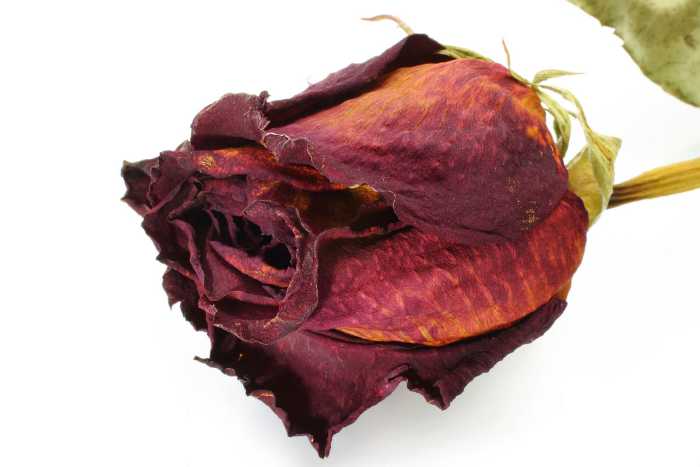FWP:
SETS == A,B; GENERATORS;
INEXPRESSIBILITY; IZAFAT
CANDLE: {39,1}
SPRINGTIME: {13,2}
Faruqi didn't comment on this one, but if he had, he would certainly have done for the first line another bravura i.zaafat analysis of the kind he did for {71,3}. So let me try to lay out the possibilities (only the final i.zaafat is compulsory):
(1) nishaa:t-e daa;G-e ;Gam-e ((ishq kii
bahaar nah puuchh
(2) nishaa:t daa;G-e ;Gam-e ((ishq kii
bahaar nah puuchh
(3) nishaa:t-e
daa;G ;Gam-e ((ishq kii bahaar nah puuchh
(4) nishaa:t
daa;G ;Gam-e ((ishq kii bahaar nah puuchh
(1) as in the main translation above, following Arshi
(2) Joy, don't ask about the bahaar of the wound/scar
of the grief of passion!
(3) Joy of the wound/scar, don't ask about the bahaar
of the grief of passion!
(4) joy, wounds/scars-- don't ask about the bahaar
of the grief of passion!
I had a go at this verse on pp. 108-09 of Nets of Awareness too. Not only are all these four possibilities quite legitimate, but some of them should actually be subdivided. In (3), for example, the i.zaafat opens up several further possibilities: is it ecstasy that is caused to me by the wound/scar; or ecstasy that is felt by the wound/scar itself; or ecstasy that pertains to the wound/scar in some more general way?
The admirable and characteristically Ghalibian thing is that no matter how we slice and dice the first line, it works excellently with the second line, showing lots of connection of both words and meaning. The verse is so rich in wordplay that a whole lovely extra dimension, gul as not only a flower but also a small cup-shaped (rose-like) candle-snuffer (on this see {39,6x}), is noticed only by Bekhud Dihlavi. (And what could be more 'autumnal' to the candle than a snuffer?)
As in so many verses of this ghazal, the imagery is so rich that we can hardly get an analytical knife into it. Wherever we choose to prod it, a flock of meanings fly out, but there are always more behind them. Maybe we can sum it up as Bekhud Mohani does: in passion, all the bahaar is for the dying.
C. M. Naim adds (Apr. 2014) that gul is also a name for the little lumps that form atop the wick of a burning candle; he says that these are also called the 'smile' of a candle [;xandah-e sham((a].

Nazm:
The meaning is that just as the flowering flame of flourishing/springtime [bahaar] creates autumn for the candle, in the same way the wound/scar of passion finishes off the lover. But in this wound/scar is a strange bahaar , and floweringness sacrifices itself for that autumnal rose. (77)
== Nazm page 77